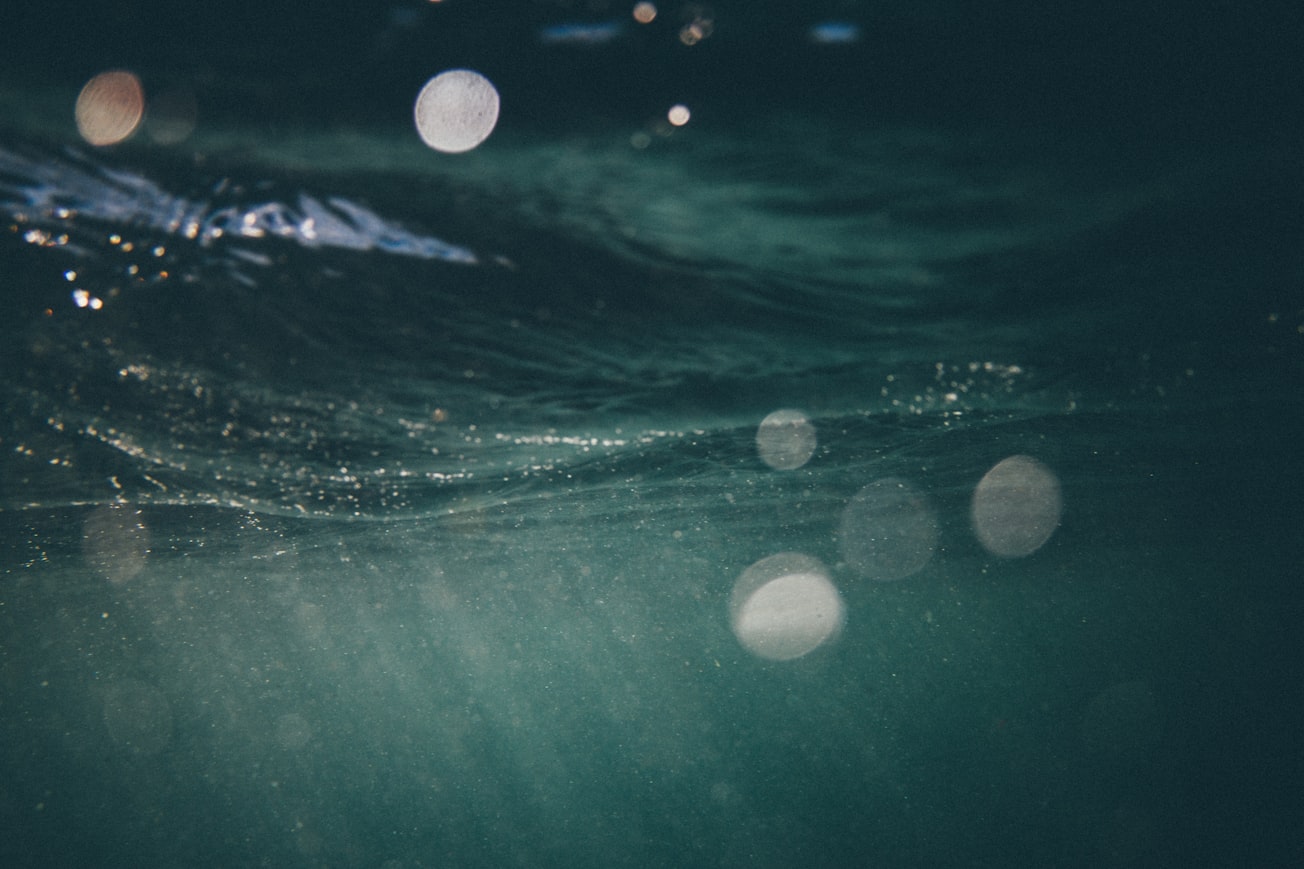What is it about?
I studied adaptation system of the creature in the deepest sea bottom. Why can they survive in the deep sea under extra high pressure? This is my motivation to study the deep sea creature. Very small amount of creatures live in the deepest sea. But Hirondellea gigas can survive in the deepest sea by getting glucose from drift plants using unique cellulase.
Featured Image

Photo by Tim Marshall on Unsplash
Why is it important?
Studying deep-sea creatures will elucidate the adaptability of organisms. The acquisition of cellulase made H. gigas adaptable to the deep sea. The cellulase of H. gigas can produce glucose and cellobiose from driftwood. This novel cellulsase will be applicable to produce glucose from plant cellulose.
Perspectives
This paper showed deep-sea creatures are useful as new bio-resources.
Dr Hideki Kobayashi
Japan Agency for Marine-Earth Science and Technology
Read the Original
This page is a summary of: The Hadal Amphipod Hirondellea gigas Possessing a Unique Cellulase for Digesting Wooden Debris Buried in the Deepest Seafloor, PLoS ONE, August 2012, PLOS,
DOI: 10.1371/journal.pone.0042727.
You can read the full text:
Resources
Contributors
The following have contributed to this page







